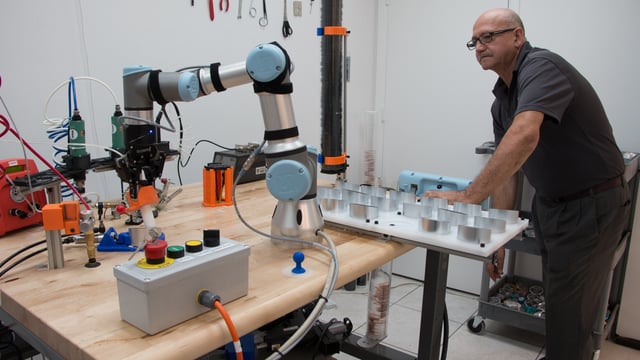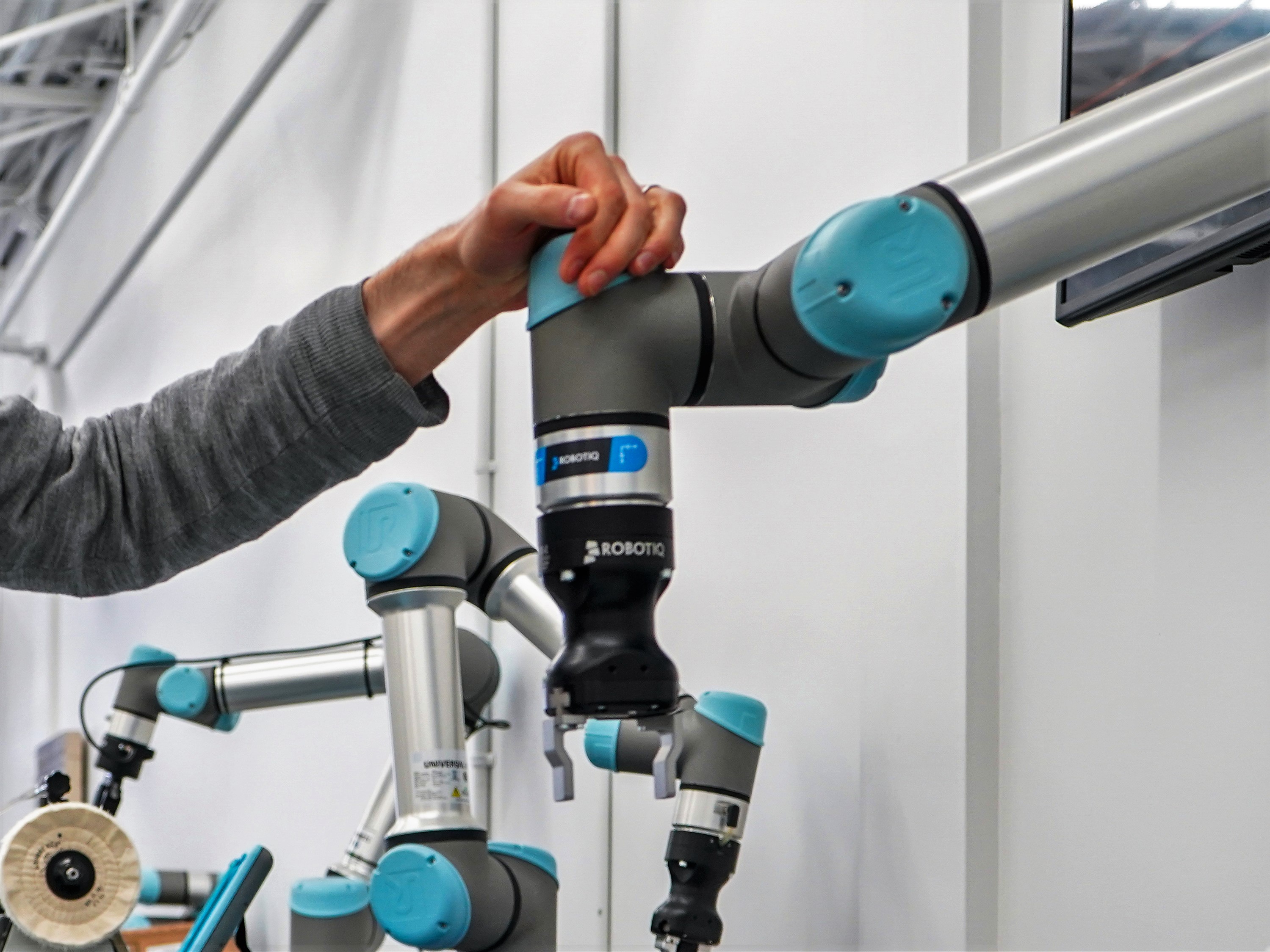Why You Can’t Copy-Paste a Robotic Cell

Posted on Dec 12, 2017 7:00 AM. 4 min read time
We’ve been asked recently if it was possible to take a collaborative robot cell that had originally been designed in the USA and to “copy-paste” it in China. On the technical side of things there is no real problem to reproduce a cobot cell from a country to another. Perhaps, in terms of safety, there are few chances that you can reproduce a cell without any changes. Here’s why.
ISO standards are not laws
First thing you should know is that you need to perform a risk assessment that takes in consideration the entire robotic cell and what it is doing. In fact, if you use a given cell to carry pillows and another one to carry a knife, the final result of the risk assessment won’t be the same. In order to take action and make your cobot cell safe, a risk evaluation has to be done.
Once the risk evaluation is done, you will need to compare your observation with standards and make sure you are on par with your regional legislation. Don’t forget that ISO standards are not laws; they are guidelines. An ISO standard used alone means nothing. But if your regional law refers to a certain ISO standard, you will need to respect that standard.
Laws > Standards
Since collaborative robots are new in terms of legislation, there are very few countries that have introduced particular laws regarding them. Most of the time, laws or worker safety councils will have industrial robot requirements that do not suit collaborative robots. What we usually see is a workplaceperforming a risk assessment that is within the ISO/TS 15066 recommendation, and that will also have regard for regional laws in order to have a safe cell. So if your regional safety council inspector shows up, you can prove that you have designed, installed and operated your robotic cell along with these safety standards.
In terms of safety, there are few chances that you can reproduce a cell without any changes
PERFORM A RISK ASSESSMENT!
In my opinion, you can’t be wrong if you de-risk your robot using ISO/TS 15066. There is a lot of technical data in it. In fact, there is a lot of force/pressure data, but also formulas to help you figure the maximum allowable kinetic energy for example. Again in my own opinion, it is a really restrictive standard, and if you do it right, there are very few chances that something turns wrong.
Who should perform the risk assessment?
Make sure that the right person is doing the risk assessment and that it gets approved. In Canada, for example, robotic risk assessment has to be approved by a registered engineer in order to be lawful. I am assuming that if you are proofing a cell in a certain country, it will have to be approved in other countries as well… that’s another reason why you can’t simply copy-paste a cobot cell.
There is also another side of making a cell safe for the human-robot collaboration. In fact, do you really need to make the robot totally safe? This might sound odd since you are reading a safety article, but even if you are using a collaborative robot with limited force, you don’t necessarily need the entire cell to be “collaborative”. If you are doing a dangerous operation at some point in your robotic sequence, it will be hard for that part of the process to be within ISO/TS 15066. So for that sequence of the operation you may want to add protection in order to limit the access to the cell.
If we use the classical example of the cobot carrying a knife, you will need to restrict the access to the robot while it is carrying the knife. You won’t be using the robot in collaboration mode since it will be behind fencing equipment (or equivalent), but you can run the robot program at a higher speed and use sensors to track human workers and see if they are opening the robotic cell door or if they enter the robot work zone.
If you are designing a cell in the USA and you want to “copy-paste” the cell in another country, you may need to assess the entire use of the cell to make sure you won’t need to add additional protection or safety sensors.
The easy way out
Speaking of sensors, there’s an easy way out to deploy several identical cells in different countries. In fact, you need to use safety sensors such as area scanners to track workers in the cell. The general idea is that you don’t need physical fencing; you rather track the distance between the robot and the worker by putting scanners near the robot. As the worker gets closer to the robot, the sensors detects him/her and reduce the speed of the robot accordingly, until a protective stop occurs. In fact, the robot does not shut down completely; it stops and keeps all its encoders’ counts, so when the user is getting out of the safety zone the robot can resume its operations.
This solution has limitations. In fact, using such a scanner is expensive, relatively complex to integrate, and but most importantly, it takes space. In fact, if the cell is squeezed in between machines, and people are walking around, the robot speed will be constantly reduced and the production output of the robot will be affected.
So there is no real easy way out; it is a safe balance between productivity and safety (with safety being the most important factor). In my opinion, you need to make your robot as safe as possible without using fencing or external sensors. If that is not possible because of design requirements, use fencing. If you really want to remove fencing, use an area scanner. All solutions come with compromises, but the most important is to keep your employees safe and away from an impact with the robot.
Make sure to perform a risk assessment for each installation, wherever it is. Use regional laws combined with the latest ISO standards. If you can’t respect a full collaboration mode, ask yourself if the robot really needs to be in collaboration with the worker or if you can add physical guarding or safety sensors that can enhance its performance and keep the worker safe.








Leave a comment